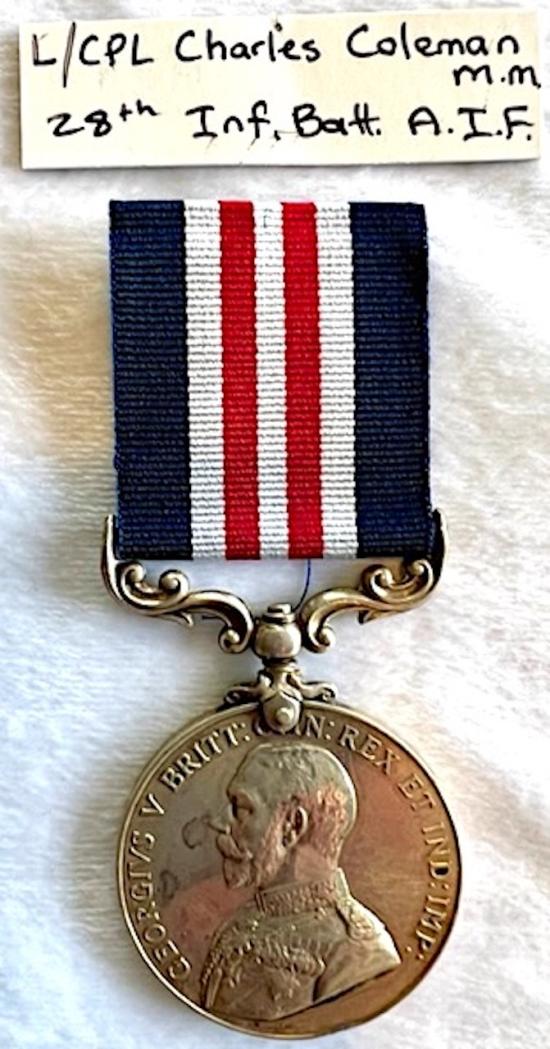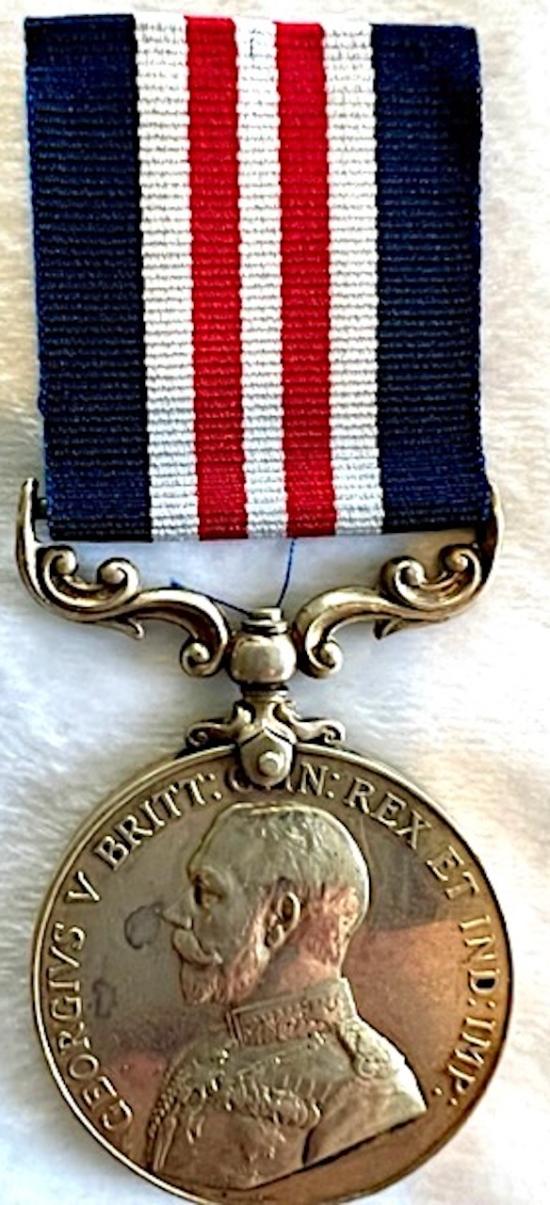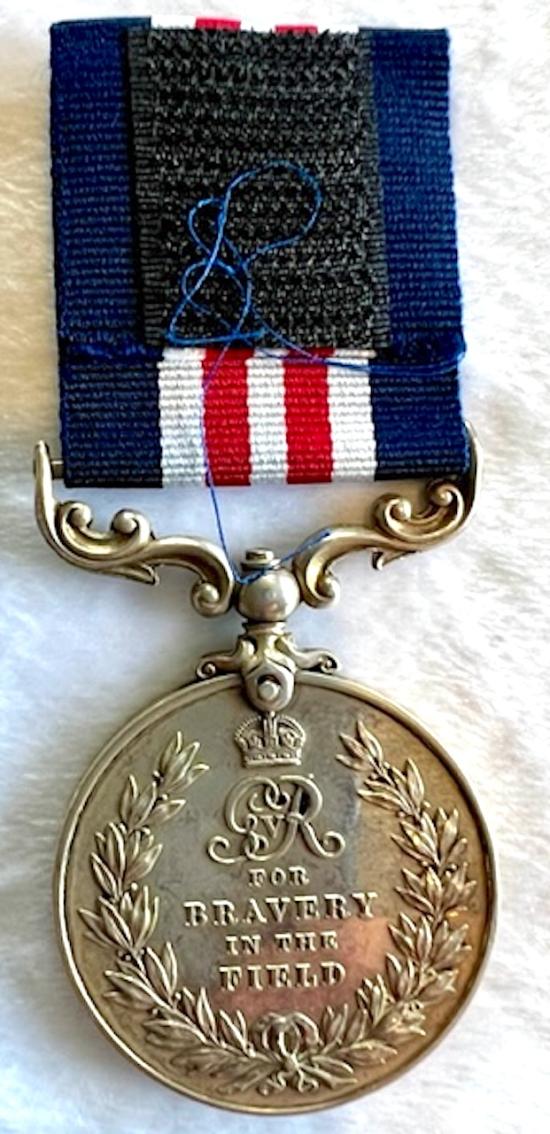WW1 AUSTRALIAN SOMME MILITARY MEDAL TO LANCE-CORPORAL CHARLES COLEMAN
1918 "Somme" M.M. awarded to Lance-Corporal Charles Coleman, 28th Australian Infantry Battalion, Australian Imperial Force - For his part in the capture of 12 men and 4 machine guns during an attack east of Framerville, near Amiens, 11 August 1918. He received a gunshot wound to his left leg the following month.
MILITARY MEDAL, G.V.R., (6547 Pte - L. Cpl. C. Coleman. 28/Inf Bn: A.I.F.) minor edge bruising, very fine.
M.M. London Gazette 21 January 1919. The original recommendation states (in joint recommendation with 3059 Pte L. Cpl. P. J. Fogarty): "During the attack east of Framerville, near Amiens, on the morning 11th August 1918, these two signallers passed through a gap in the line during the mist, and came upon the enemy strong point while carrying their signalling gear and attack the post, capturing 12 prisoners and 4 machine guns."
Charles was born in Birkenhead, South Australia, in 1890. He enlisted in the Australian Imperial Force, 8 September 1916, and embarked for France on S.S. Militia in January 1917. He served with the 28th Australian Infantry Battalion as part of the 7th Australian Brigade, 2nd Australian Division in the French theatre of War.
Charles was awarded his M.M. for gallantry in operations on the Somme, in particular during the attack on Framerville, 11 August 1918. The Battalion War Diary records that zero hour for the attack was 4am, and that barrage was heavy with all calibre of guns. The Germans replied with a counter barrage, machine guns and gas, before the Australian Brigade attacked on a 2,000-yard front. The attack was successful with the Germans suffering heavy casualties, and 2 officers, 67 other ranks, and 16 machine- guns being captured. The 28th Battalion suffered 2 officers and 7 other ranks killed, 3 officers and 68 other ranks wounded.
Charles continued to serve with the Battalion in France, and received a gunshot wound to the left leg, 5 September 1918. He returned to Australia on the S.S. Breman in May 1920 and was discharged 19 September 1920.
Code: 50171




